Imagine standing in the heart of a sun-scorched desert. The wind hushes, the world holds its breath, and suddenly, a deep, thunderous boom rolls across the sand—so startling and powerful, it seems as though the earth itself is speaking. This explosive sound isn’t a trick of your imagination or a distant storm. Instead, it’s a mysterious natural phenomenon: the song of the “booming dunes.” For centuries, travelers have been awed, even frightened, by these haunting sounds. But what truly causes these hills of sand to roar like distant cannons? The answer lies in a mesmerizing blend of physics, geology, and the delicate dance of billions of grains of sand.
Where on Earth Do Booming Dunes Exist?
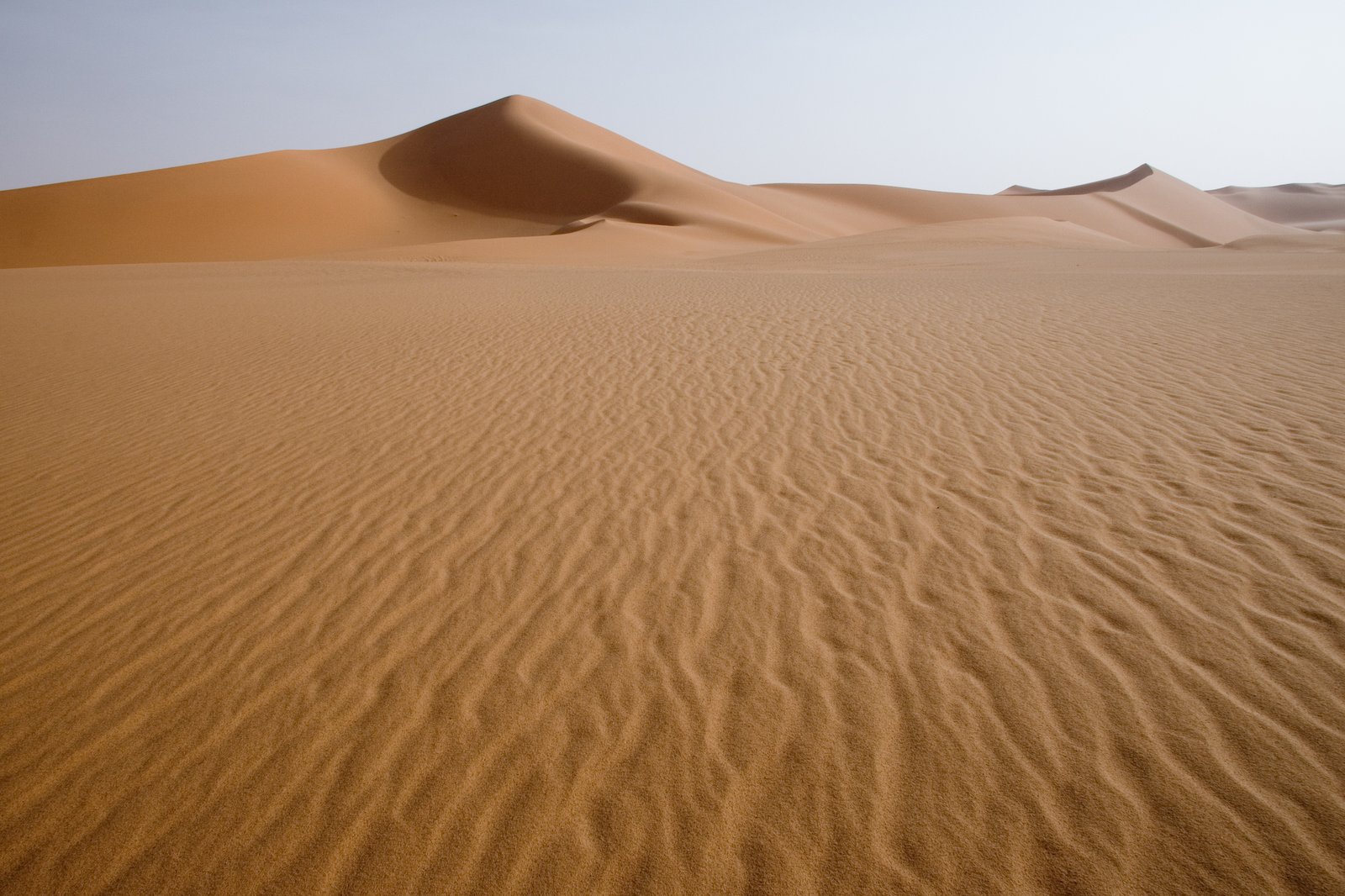
Booming dunes are rare and scattered like jewels across the globe. You can find them in the deserts of Morocco, the empty quarters of the Arabian Peninsula, the sweeping dunes of the Namib Desert, and even in the Mojave Desert of California. Each site has its own unique “voice,” with some dunes producing deep, rumbling booms, while others emit higher-pitched hums or squeaks. Local legends often swirl around these sites, attributing the sounds to spirits or lost armies, but the reality is rooted in the landscape itself. Each booming dune shares similar features: steep, smooth slip faces, dry sand, and just the right grain size. These places have become almost mythical, drawing scientists and adventurers alike to unravel their secrets.
What Does a Booming Dune Sound Like?
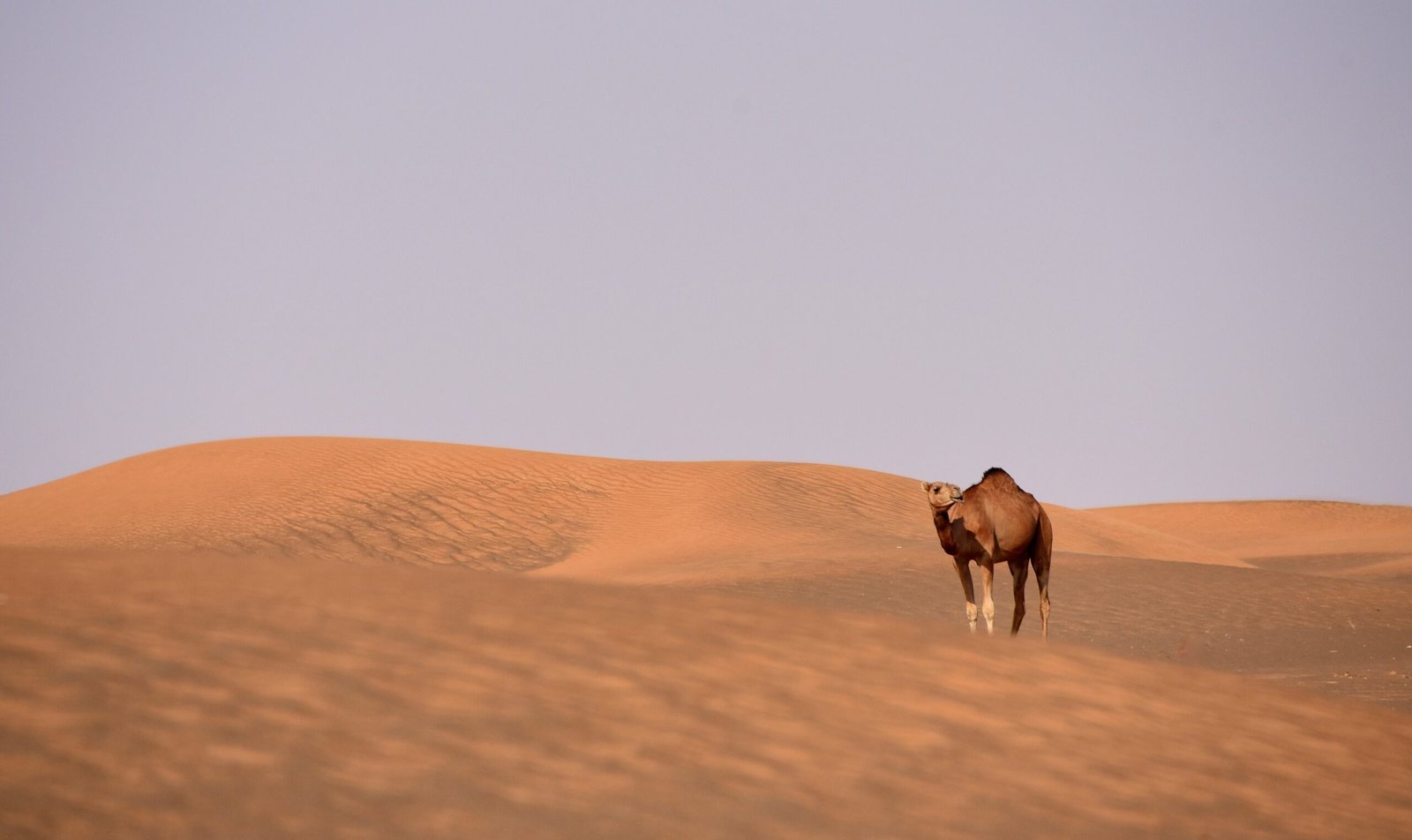
When a booming dune erupts, the sound can be startling. Some listeners have compared it to the low, rolling thunder of a distant storm or the eerie groan of a ship’s hull. Others describe it as a deep, vibrating musical note that seems to echo from within the dune itself. The boom can last for several seconds, and it’s so loud that it can be heard from miles away. The experience is deeply physical—your chest may vibrate, and your feet might tingle as the sound ripples through the ground. It’s a sensation that strikes awe, blurring the line between the ordinary and the extraordinary, and captivating everyone who hears it.
The Role of Sand Grain Size and Shape
Not all sand is created equal, especially when it comes to making dunes sing. Booming dunes are made up of grains that are nearly uniform in size, typically between 0.1 and 0.5 millimeters in diameter. These grains are also unusually round and smooth, allowing them to move easily over one another. If the sand contains too many irregular grains or a mix of sizes, the magical sound disappears. Scientists believe that this perfect uniformity lets waves of motion travel smoothly through the sand, much like sound moves through a well-tuned musical instrument. It’s a beautiful reminder that even the tiniest details matter in the natural world.
How Movement Sparks the Boom
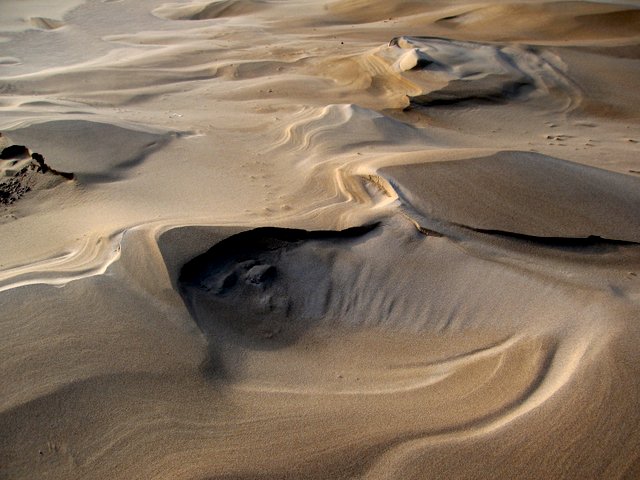
The boom doesn’t happen by accident—it needs a trigger. Usually, the sound erupts when an avalanche of sand cascades down the steep face of a dune. This can happen when wind pushes sand over the crest or when a person slides or runs down the slope. As the grains tumble, they rub against each other in perfect harmony, setting off a chain reaction of vibrations. These vibrations build up and amplify, eventually escaping as a booming sound that echoes across the desert. It’s like striking a giant, invisible drum, using nothing but gravity and the graceful flow of sand.
The Secret of Dryness and Weather Conditions
Humidity is the enemy of the booming dune. The sand must be bone-dry for the phenomenon to occur. Even a hint of moisture can dampen the vibrations, silencing the boom. That’s why these sounds are heard most often during the hottest, driest months, when the desert air is parched and the sand is almost dusty. After a rainstorm, the dunes fall silent until the sun bakes them dry once more. This delicate balance between dryness and movement adds to the mystery, as if the dunes are waiting for just the right moment to reveal their voice.
The Physics of Sound Amplification
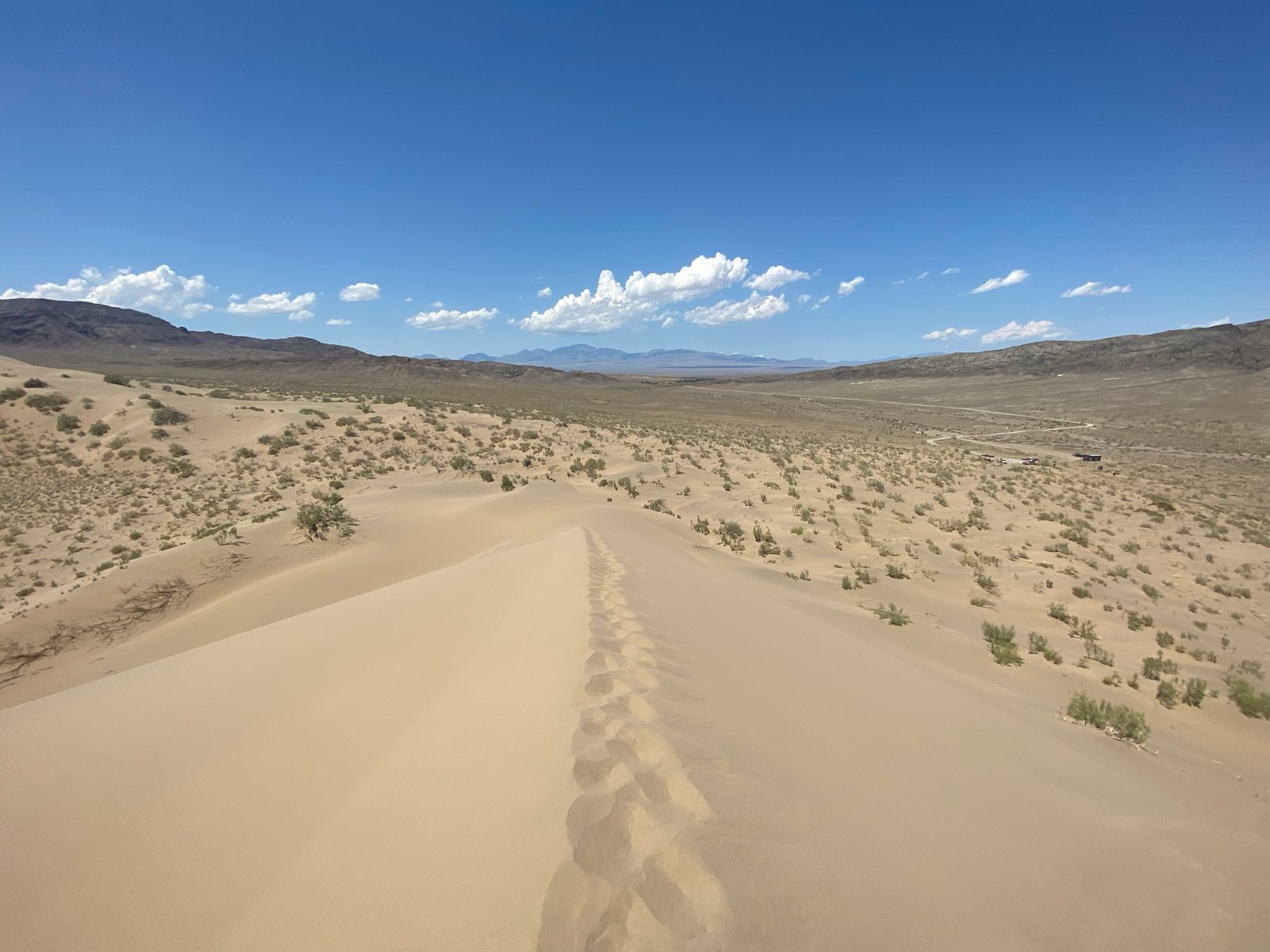
The heart of the booming dune’s mystery lies in the way sound is amplified. As the grains flow in unison, they create layers of synchronized movement deep within the dune. This creates a kind of natural loudspeaker, focusing and boosting the vibrations. Instead of dissipating, the sound waves bounce and build, eventually bursting out as a thunderous boom. Researchers have compared this to the way a guitar body amplifies the vibration of its strings. It’s a perfect example of how nature can create complex, harmonious systems without any human intervention.
Why Do Only Some Dunes Boom?
With deserts covering so much of our planet, you might wonder why only a handful of dunes boom. The answer lies in a precise combination of factors: the right sand grain size and shape, the right slope angle, extreme dryness, and the presence of a slip face (the steep, leeward side of a dune). If even one element is missing, the phenomenon won’t occur. This rarity makes booming dunes all the more special—like nature’s secret concert halls, hidden in the vastness of the world’s deserts.
Historical Accounts and Cultural Legends
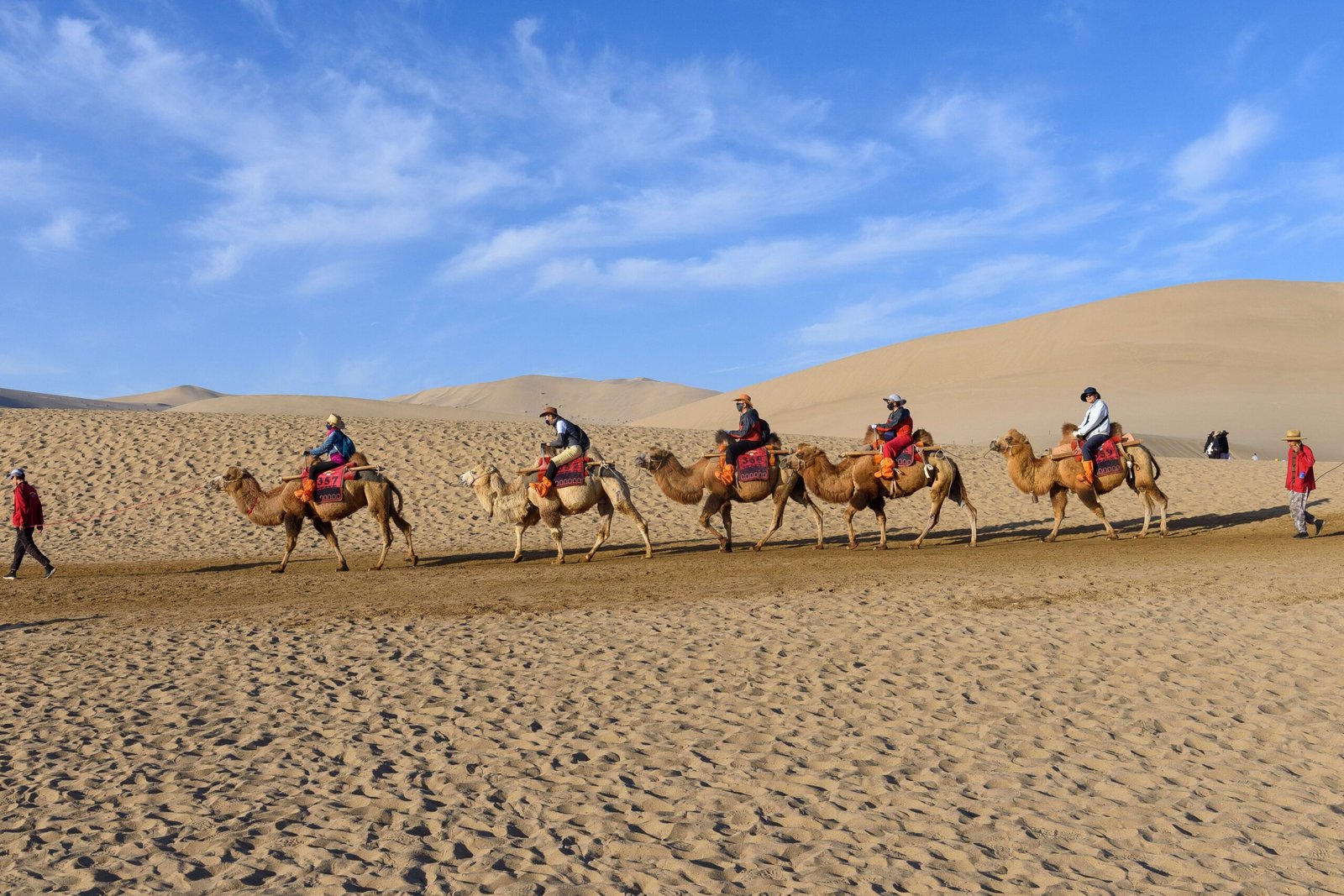
For centuries, people have been both enchanted and frightened by the voice of the dunes. In ancient times, Silk Road travelers wrote of “singing sands” that haunted the lonely night. Bedouins once believed the dunes were haunted by jinns or the voices of lost souls. In China, the sounds were thought to be the echo of ancient battles. Such stories speak to the deep emotional impact of the booming dunes, showing how natural wonders can become woven into the fabric of human culture and imagination.
Modern Experiments and Field Research
Scientists have traveled the world to study booming dunes up close, often camping for days in remote deserts just to catch the elusive sound. They use sensitive microphones, accelerometers, and even seismic sensors to record the booms and analyze their frequency and intensity. Some researchers have gone so far as to create artificial dunes in the lab, trying to recreate the perfect conditions. These experiments have helped unlock many secrets, but there’s still much to learn. Every booming dune seems to have its own personality, with unique tones and rhythms waiting to be explored.
The Emotional Power of Nature’s Thunder
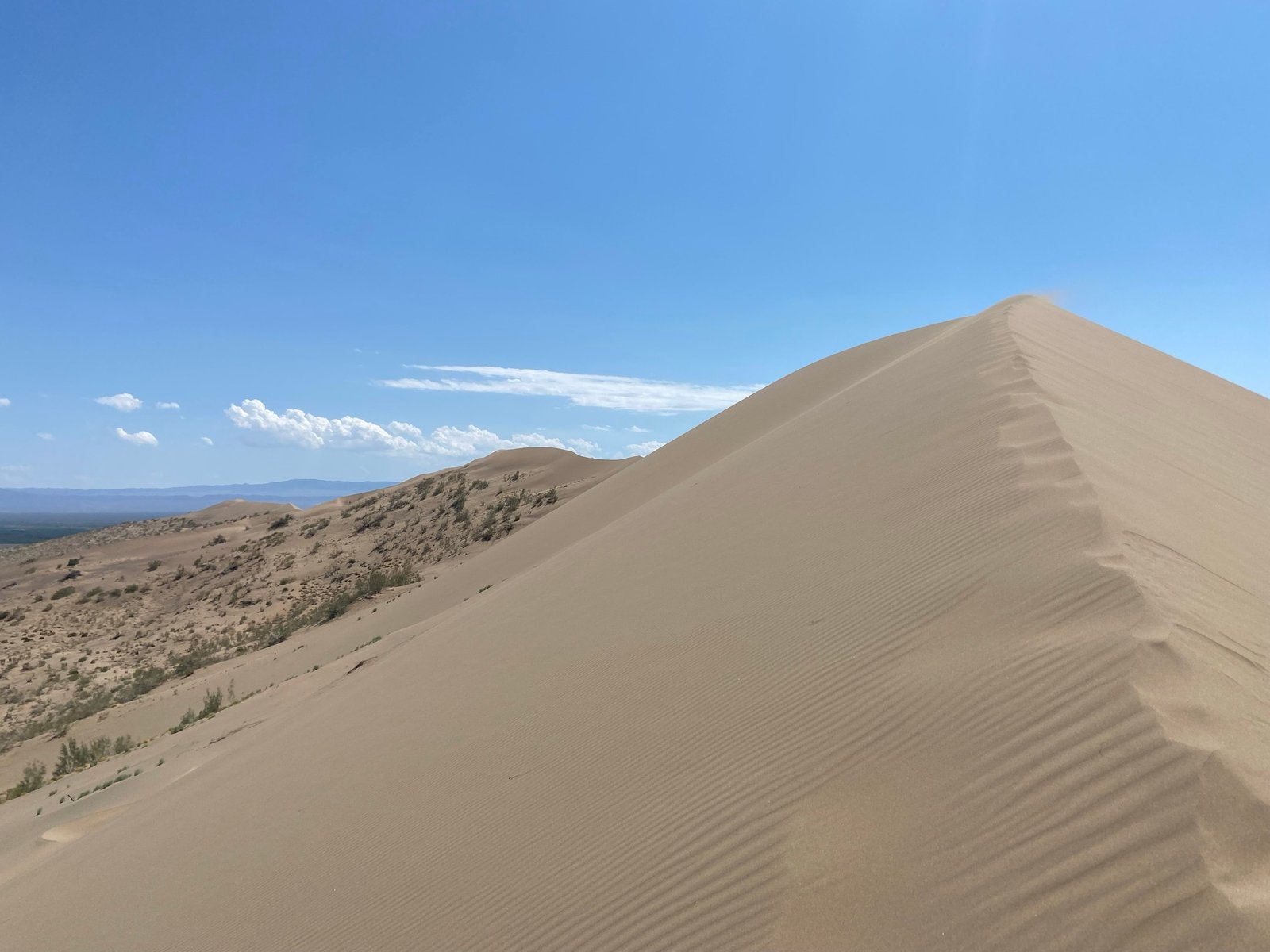
There’s something deeply moving about standing on a booming dune. The sound is not just noise—it’s an experience, a physical event that ripples through your body and your imagination. It reminds us that the world is full of hidden wonders, waiting to surprise us when we least expect it. In a time when so much feels predictable, the voice of the dunes is a thrilling reminder that some mysteries remain, echoing across the sands, daring us to listen and to wonder.




